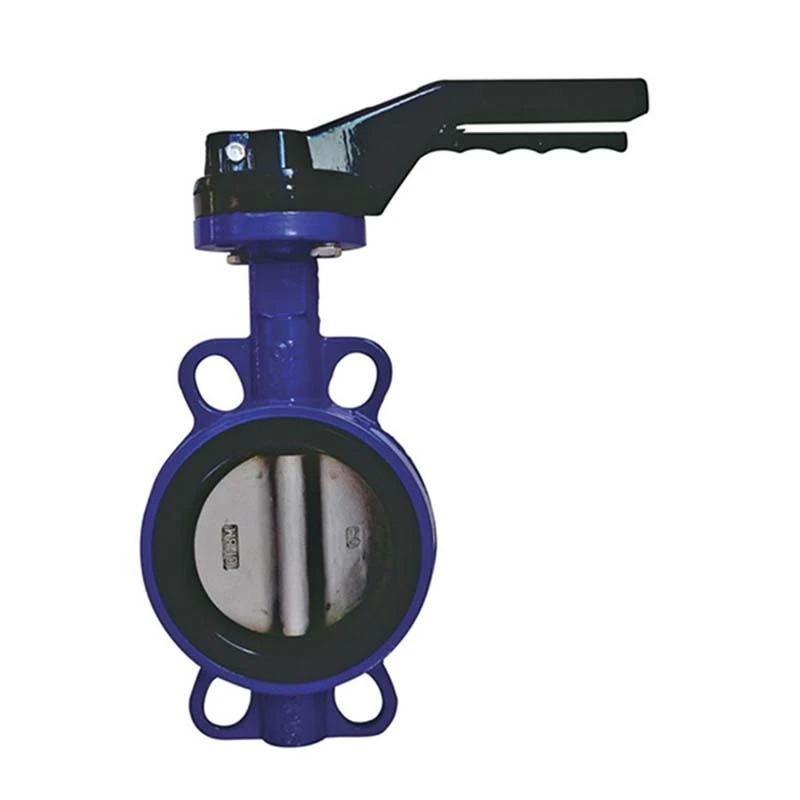Lis . 01, 2024 10:24 Back to list
Y-Strainer PN16 Specification and Installation Guide for Efficient Filtration
Understanding Y-Strainers and Their Importance in Pipeline Systems
In various industrial applications, maintaining the efficiency and operational integrity of pipeline systems is paramount. One key component that plays a significant role in achieving this is the Y-strainer, particularly in its PN16 variant. This article delves into what Y-strainers are, their functionality, and why the PN16 specification is essential for effective fluid management.
What is a Y-Strainer?
A Y-strainer is a type of filter designed to capture unwanted particulate matter from liquids and gases flowing through a pipeline. Its unique Y-shaped configuration allows for a larger filtering surface while maintaining a compact design, making it an ideal choice for space-constrained installations. Composed typically of stainless steel, bronze, or other durable materials, Y-strainers are known for their robustness and reliability in demanding environments.
How Does a Y-Strainer Work?
The operation of a Y-strainer is relatively straightforward. Fluid flows into the strainer through the inlet, where it encounters a straining element which traps debris and particulates. The filtered fluid then continues its path to the outlet. This process not only protects downstream equipment, such as pumps, valves, and other critical components, but also ensures that the overall system operates smoothly and efficiently.
Why Choose PN16?
The term PN16 refers to the nominal pressure rating of the Y-strainer, indicating its capability to withstand a maximum pressure of 16 bar (approximately 232 psi). This makes PN16 Y-strainers suitable for a wide range of applications, from water and wastewater treatment facilities to chemical processing and HVAC systems. The high-pressure tolerance ensures that the strainer can operate effectively in environments where the fluid dynamics can lead to significant pressure fluctuations.
y strainer pn16

Using PN16 Y-strainers ensures that the pipeline system can handle various operational demands without compromising integrity or performance. They are designed to prevent leaks and withstand the mechanical stresses associated with high-pressure operations, thus minimizing downtime and maintenance costs.
Applications in Various Industries
Y-strainers find applications across diverse sectors. In the water treatment industry, they help maintain the cleanliness of pipelines, which is crucial for ensuring safe drinking water. In petrochemical plants, they protect equipment from abrasive materials present in crude oil and other fluids. Similarly, in HVAC systems, Y-strainers play a vital role in filtering out debris that could lead to reduced efficiency or system failures.
Maintenance and Care
To ensure optimal performance and longevity, regular maintenance of Y-strainers is essential. This typically involves inspecting the straining element for accumulated debris and replacing or cleaning it as necessary. Installing a bypass system can facilitate easy maintenance without interrupting fluid flow, allowing for efficient operation even during maintenance periods.
Conclusion
In conclusion, the Y-strainer PN16 is an indispensable component of modern pipeline systems. By preventing the entry of contaminants and protecting critical equipment, it enhances the reliability and efficiency of fluid transport across various industries. Understanding its design, operation, and maintenance can help operators make informed decisions, ultimately contributing to the successful management of industrial processes. As industries continue to evolve, the importance of reliable components like Y-strainers remains central to ensuring seamless operations in an increasingly complex environment.
Share
-
Reliable Wafer Type Butterfly Valves for Every IndustryNewsJul.25,2025
-
Reliable Flow Control Begins with the Right Ball Check ValveNewsJul.25,2025
-
Precision Flow Control Starts with Quality ValvesNewsJul.25,2025
-
Industrial Flow Control ReliabilityNewsJul.25,2025
-
Engineered for Efficiency Gate Valves That Power Industrial PerformanceNewsJul.25,2025
-
Empowering Infrastructure Through Quality ManufacturingNewsJul.25,2025


